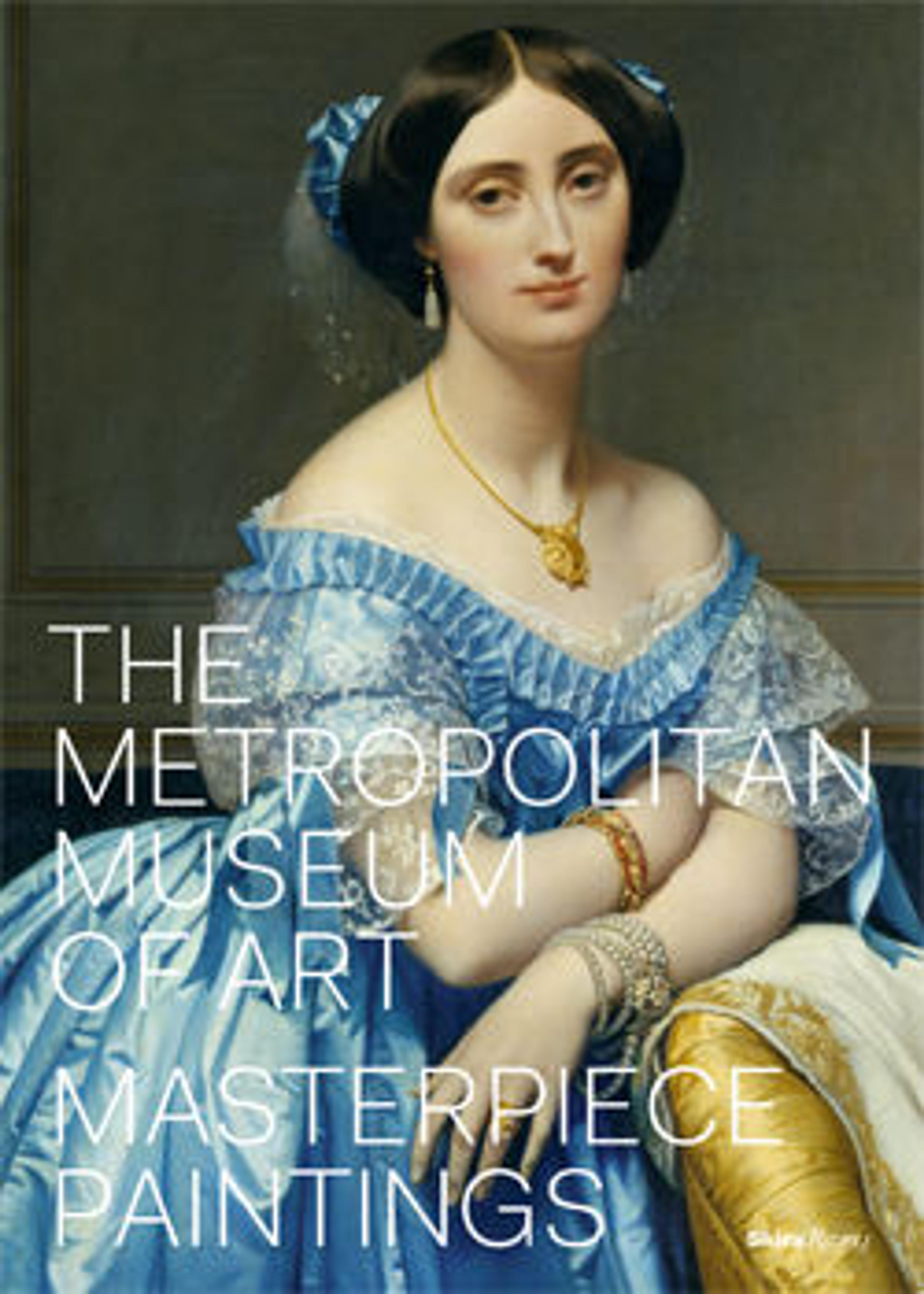The Sixteen Luohans
Shitao, born Zhu Ruoji, a scion of the Ming imperial family, escaped death in his youth by taking refuge in the Buddhist priesthood. In 1662 he became a disciple of the powerful Chan (Zen) master Lü’an Benyue (d. 1676). In the late 1660s and 1670s, while living in seclusion in temples around Xuancheng, Anhui Province, he taught himself to paint.
In The Sixteen Luohans, Shitao’s earliest major extant work, the young painter, then twenty-five, drew what are possibly the most effective figures since the Yuan period (1279–1368). A rare religious subject for Shitao, known for his visionary landscapes, the scroll depicts the sixteen guardian luohans (saints) ordered by the Buddha to live in the mountains and protect the Buddhist law until the coming of the future Buddha.
Stylistically, the immediate sources for Shitao’s figures were late Ming painters, such as Ding Yunpeng (1547–ca. 1621) and Wu Bin (act. ca. 1583–1626). Unlike Wu Bin’s luohans, which seem to be merely grotesque caricatures, Shitao’s are carefully observed, showing such thoroughly human qualities as humor and curiosity.
In The Sixteen Luohans, Shitao’s earliest major extant work, the young painter, then twenty-five, drew what are possibly the most effective figures since the Yuan period (1279–1368). A rare religious subject for Shitao, known for his visionary landscapes, the scroll depicts the sixteen guardian luohans (saints) ordered by the Buddha to live in the mountains and protect the Buddhist law until the coming of the future Buddha.
Stylistically, the immediate sources for Shitao’s figures were late Ming painters, such as Ding Yunpeng (1547–ca. 1621) and Wu Bin (act. ca. 1583–1626). Unlike Wu Bin’s luohans, which seem to be merely grotesque caricatures, Shitao’s are carefully observed, showing such thoroughly human qualities as humor and curiosity.
Artwork Details
- 清 石濤 (朱若極) 十六羅漢圖 卷
- Title: The Sixteen Luohans
- Artist: Shitao (Zhu Ruoji) (Chinese, 1642–1707)
- Period: Qing dynasty (1644–1911)
- Date: dated 1667
- Culture: China
- Medium: Handscroll; ink on paper
- Dimensions: Image: 18 1/4 in. × 19 ft. 7 3/4 in. (46.4 × 598.8 cm)
Overall with mounting: 22 5/16 in. × 74 ft. 7 in. (56.7 × 2273.3 cm) - Classification: Paintings
- Credit Line: Gift of Douglas Dillon, 1985
- Object Number: 1985.227.1
- Curatorial Department: Asian Art
Audio
7645. The Sixteen Luohans
0:00
0:00
We're sorry, the transcript for this audio track is not available at this time. Please email info@metmuseum.org to request a transcript for this track.
More Artwork
Research Resources
The Met provides unparalleled resources for research and welcomes an international community of students and scholars. The Met's Open Access API is where creators and researchers can connect to the The Met collection. Open Access data and public domain images are available for unrestricted commercial and noncommercial use without permission or fee.
To request images under copyright and other restrictions, please use this Image Request form.
Feedback
We continue to research and examine historical and cultural context for objects in The Met collection. If you have comments or questions about this object record, please complete and submit this form. The Museum looks forward to receiving your comments.
